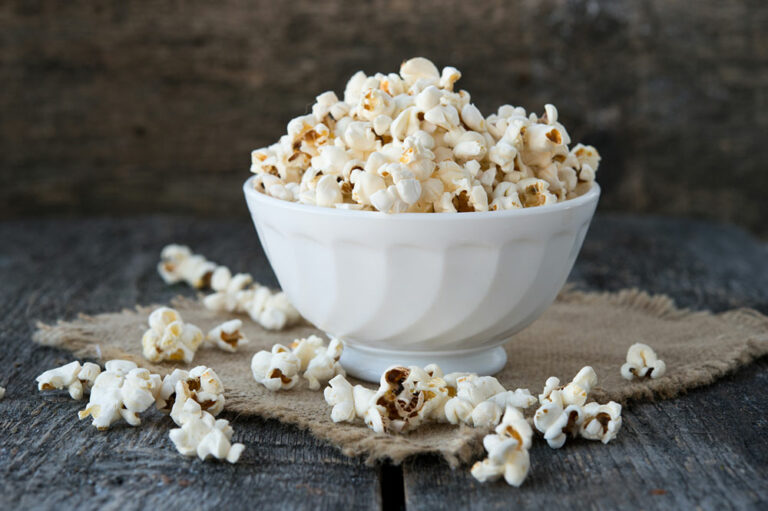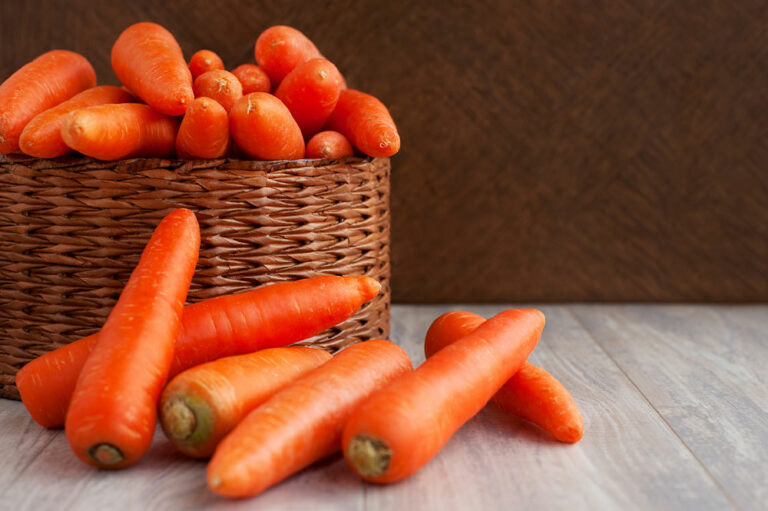
Diseases & Conditions
7 Effective Flea Treatments for Your Beloved Canine
Is your beloved canine quite irritable these days? Is your pet too busy scratching itself even when you take it to the dog park? Well, it’s time for you to tread carefully as those annoying, blood-sucking fleas have probably found a comfortable abode in your poor dog’s lustrous coat. These fleas are pests that irk your dog and keep multiplying at an incredibly fast rate, thereby adding to your pet’s misery. Though these fleas are tiny and not entirely visible to the naked eye, they can wreak havoc in your house as they are quite fond of human blood as well; they will bite your furry friend and you as well. So, you need to resolve this problem immediately as fleas might multiply and become comfortable members of your house. Flea bites aren’t as bad as wasp bites, but your dog would cease to be the fun-loving, carefree creature it used to be. Moreover, flea bites can give rise to several flea-borne diseases that can cause further trouble. So, you need to opt for either of the following treatments to get rid of the fleas on your dog. FRONTLINE Plus: This is one of the best medications for treating the fleas on your dog’s fur. This topical formula is quite potent and repels pests that bother your beloved pet. Your pet will remain safe from these trouble-causing pests for the next 30 days. This formula is concocted using fipronil and s-methoprene, and the resultant medication can actively eliminate the fleas on your dog’s coat. Irrespective of whether the pest is an adult or just an egg, this flea treatment can kill them during different life stages. Moreover, regular use of this dog-flea treatment prevents flea reinfestation. Capstar Flea Control: If topical dog-flea treatment methods irritate your pup’s coat, you’ll need a powerful alternative treatment.






